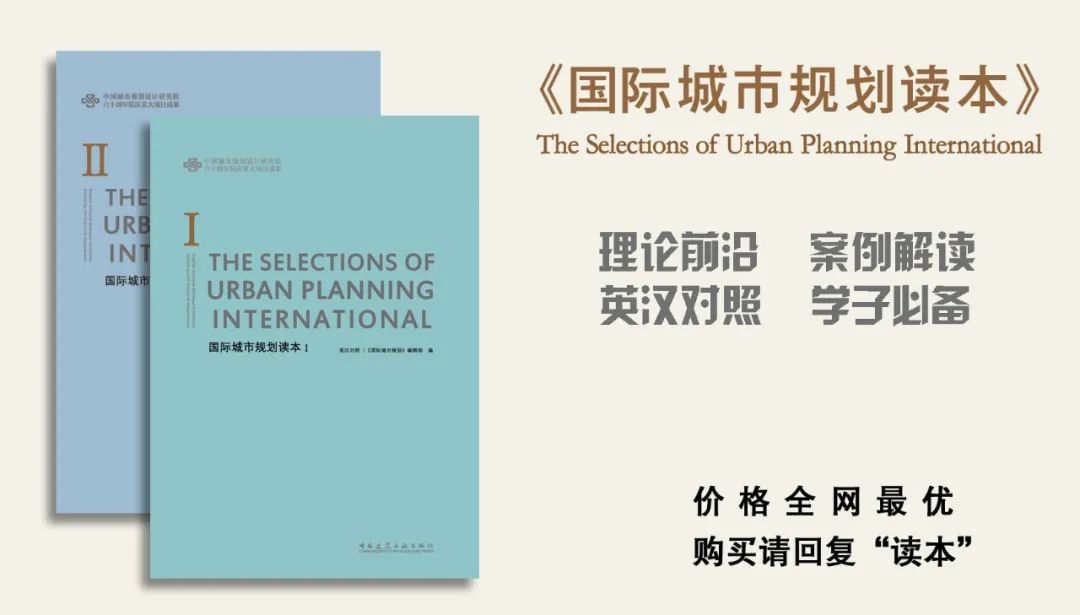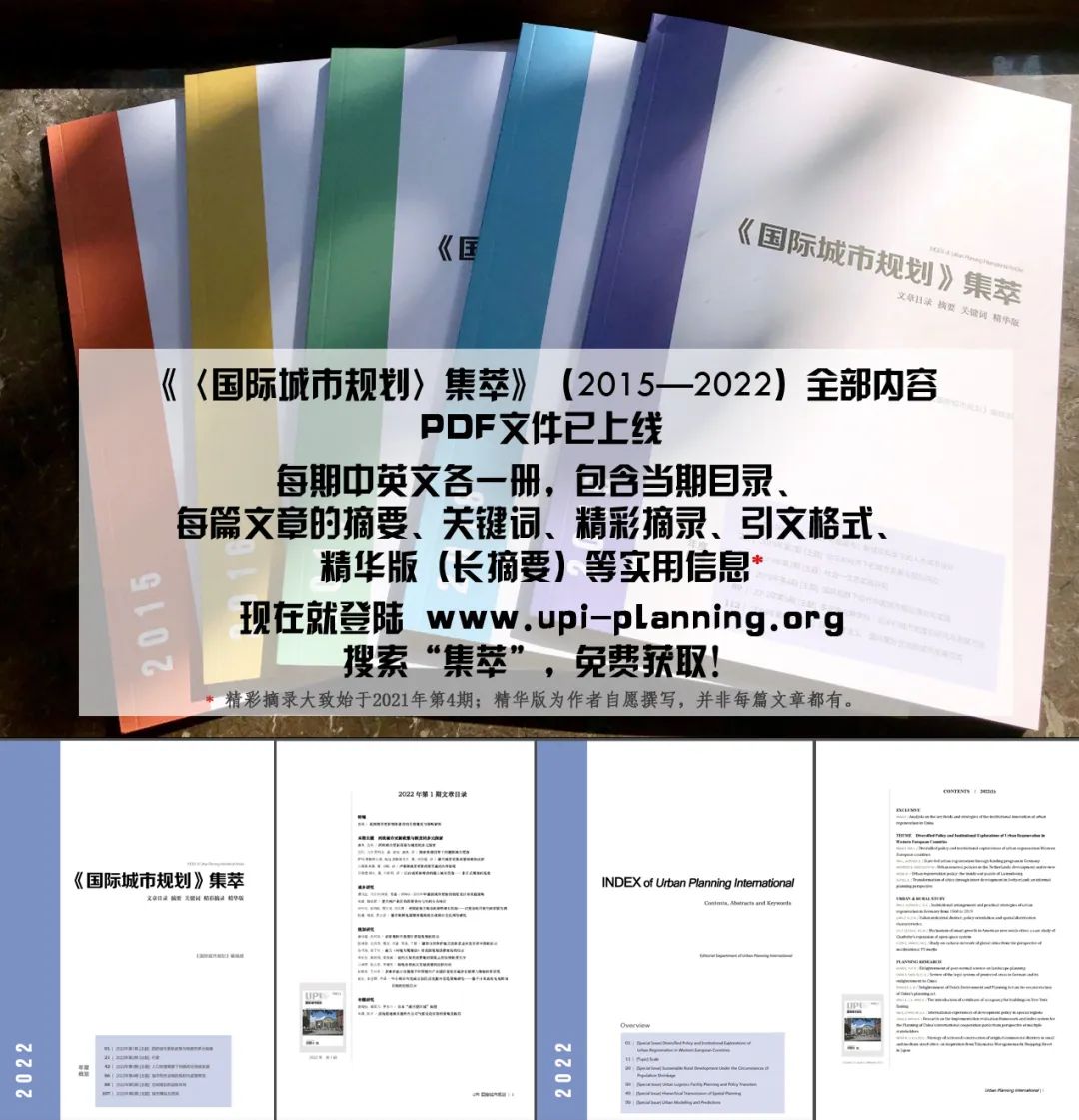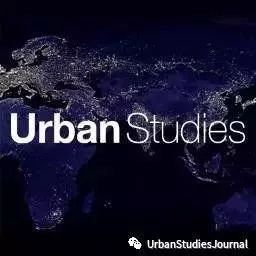为了更好地传播知识,推动期刊国际合作,本刊与《城市研究》(Urban Studies)杂志达成网络合作,不定期推送友刊的精选文章摘要。读者们可以借此了解国际城市研究的新动向,同时学习城市研究领域学术英文的正规表达。欢迎大家批评指正。
Spillover of urban gentrification and changing suburban poverty in the Amsterdam metropolis
阿姆斯特丹都市区中城市绅士化的外溢和郊区贫困的变化
Abstract: Suburbanisation appears to be reviving in the beginning of the 21st century. It has once again become an important force driving suburban growth. However, in contrast with 20th-century suburbanisation, the current phase might be better understood through the spillovers of urban gentrification and suburbanisation of poverty that are happening while the core city continues to grow. Using a multilevel binomial regression model on all moving households in the metropolitan region around Amsterdam, this paper shows that movers from Amsterdam are clearly urban oriented when moving out of the city. High-income households dominate the suburbanisation towards neighbourhoods near the city and to relatively urban residential neighbourhoods from the pre-war period. These are also neighbourhoods with sharp house price increases. This reveals a spillover of the urban gentrification process beyond the core city borders. Suburban in-migration of low-income households from the city has also increased and is more oriented to neighbourhoods where affordable housing is accessible.
摘要:21世纪初,郊区化似乎正在复苏。它再次成为推动郊区发展的重要力量。然而,与20世纪的郊区化相比,当前的郊区化进程或可被理解为伴随着核心城市继续发展的城市绅士化外溢与贫困的郊区化。通过对阿姆斯特丹周边都市地区所有搬迁户的多层次二项式回归模型的分析,本研究显示,搬迁户在搬离阿姆斯特丹时明显以城市为导向。高收入家庭是郊区化的主力军,他们主要迁往城区附近的居民区,以及战前相对城市化的居民区——这些社区的房价也大幅上涨。这揭示了城市绅士化进程已超越了核心城市的边界。低收入家庭从城市向郊区迁移的人数也有所增加,而且更倾向于迁往可获得经济适用房的社区。
Keywords: agglomeration/urbanisation, displacement/gentrification, poverty/exclusion
原文地址:https://doi.org/10.1177/00420980231192232
Has South Korea’s policy of relocating public institutions been successful?A case study of 12 agglomeration areas under the Innovation City Policy
韩国的公共机构搬迁政策成功吗?——创新城市政策下12个聚集区的案例研究
Abstract: South Korea’s Innovation City policy aims to balance the geography of economic activity across the country by relocating public institutions to local cities. The economic impact of relocating public institutions to local cities has been assessed by examining job creation, public spending, the quality of public services or demands for housing and employment in donor cities. However, as economies have become increasingly knowledge-based, the attractiveness of urban areas to young workers has become a metric to measure an area’s economic development potential. There is a paucity of research on the economic impact of relocating public institutions that analyses the attractiveness of the destination cities for young people. Thus, this paper examines the migration of young people to evaluate the economic impact of relocating public institutions on the balanced geography of economic activity across the country. The examination was conducted by analysing the effects of (1) agglomeration area location type and (2) general place quality on young people’s migration. Quasi-experimental research and panel regression (2010–2019) were conducted on 12 agglomeration areas. The findings revealed that relocating public institutions was more likely to attract young migrants than the control group, whereas outskirt agglomeration areas attracted and retained young people more than inner city agglomeration areas. Relocating public institutions is a strategic means of attracting young people to local cities to balance the geography of economic activity. Here, the effect of relocating public institutions on young people’s migration varies depending on the location of agglomeration areas and the place quality of destination cities.
摘要:韩国的创新城市政策旨在通过将公共机构迁往地方城市(指首尔之外的其他城市),平衡全国经济活动的地理分布。在评估公共机构迁往地方城市对经济的影响时,主要通过考察地方城市创造的就业机会、公共开支、公共服务质量或住房和就业需求。然而,随着经济日益知识化,城市地区对年轻工人的吸引力已成为衡量一个地区经济发展潜力的标准。有关公共机构搬迁对经济影响的研究很少分析了目的地城市对年轻人的吸引力。因此,本文通过研究年轻人的迁移情况,来评估公共机构搬迁对全国经济活动区域均衡性的影响。我们对12个聚集区进行了准实验研究和面板回归(2010—2019年),以分析聚集区区位类型和地方综合水平对年轻人迁移的影响。研究结果显示,与对照组相比,公共机构搬迁后的地方城市更有可能吸引年轻移民,而郊区聚集区比内城聚集区更能吸引和留住年轻人。迁移公共机构是吸引年轻人到当地城市,从而平衡经济活动地域差异的一种战略手段。公共机构搬迁对年轻人迁移的影响,因聚集区的区位和目的地城市的地方综合水平而异。
Keywords: location types, place quality, regional development, relocation of public institutions
关键词:地点类型,地区综合水平,区域发展,公共机构搬迁
原文地址:https://doi.org/10.1177/00420980231193567
How digitalisation influences neighbourhood change
George C Galster(美国韦恩州立大学)
Abstract: Despite much research on the societal and individual consequences of new digital communication technologies, little attention has been paid to the neighbourhood as a locus of impact. This paper investigates how the growing influence of social media and real estate platforms will likely shape the process of neighbourhood change and the geographic distribution of population and financial resources. The investigation is grounded on a model of neighbourhood dynamics based on flows of households and property investments across metropolitan space, which are guided by imperfect information about housing market opportunities. Decision-makers receive information passively (increasingly through local and non-local social media) and when uncertainty about course of action becomes intolerable they turn to active search (increasingly involving online real estate platforms). Based on this conceptual framing, the article synthesises extant research to draw implications on how the expanding use of these new technologies is affecting neighbourhoods by changing the composition of decision-makers and the information that underpins their decisions. It concludes that digitalisation reduces neighbourhoods residential stability, social capital and diversity, while rendering their dwellings less well-maintained and more expensive.
摘要:尽管人们对新数字通信技术给社会和个人带来的影响进行了大量研究,但很少有人关注其对街区的影响。本文探讨了社交媒体和房地产平台日益增长的影响力可能会如何影响街区的变化过程以及人口和财政资源的地理分布。这项研究基于一个街区动态模型,该模型以大都市空间内的家庭流动和房产投资为基础,这两者又受到有关住房市场机会的不完全信息的引导。决策者被动地接收信息(越来越多地通过本地和非本地社交媒体),当行动过程中的不确定性变得无法忍受时,他们才会转向主动搜索(越来越多地涉及在线房地产平台)。在这一框架的基础上,本文综合了现有研究,以分析这些新技术的广泛使用如何通过改变决策者的构成及其决策所依据的信息来影响街区。我们得出的结论是:数字化降低了街区的居住稳定性,减少了社会资本和多样性,同时使街区内的住宅维护投入减少,住宅价格更加昂贵。
Keywords: gentrification, housing search, neighbourhoods, real estate platforms, residential mobility, segregation, social media
关键词:绅士化、住房搜索、街区、房地产平台、住宅流动性、隔离、社交媒体
原文地址:https://doi.org/10.1177/00420980231198197

The urbanisation of controlled environment agriculture: Why does it matter for urban studies?
Lauren Rickards(澳大利亚乐卓博大学)
Jonathan Rutherford(法国巴黎高科路桥学校)
Abstract: This paper critically examines why urban studies should be interested in the emergence of controlled environment agriculture. Over the last decade, there has been significant commercial and urban policy interest in controlled environment agriculture systems for producing food in enclosed environments. Furthermore, there has been a significant expansion in research publications on urban controlled environment agriculture, stressing the novel character of these systems and the complex relationships with the conventional concerns of urban agriculture. The paper subjects these claims to critical scrutiny and then reconceptualises urban controlled environment agriculture as an emergent urban infrastructure of artificial, highly productive microclimates and ecosystems for non-human life designed to increase the productive use of ‘surplus or under-utilised’ urban spaces. We argue that controlled environment agriculture tries to secure food production through three spatial–temporal fixes: (1) the enclosure move – holding food closer by substituting the increasingly hostile outdoors for the controlled indoors in order to optimise yield, quality, efficiency and the ‘cleanness’ of the food; (2) the urban move – holding food closer to the city by substituting rural agricultural space for urban space to shorten supply chains and thereby help secure food production and improve its green credentials; and (3) combining 1 and 2, the urban interiorisation move – holding food yet closer still by moving food production into city buildings and intricate infrastructural systems, increasing control by securing total environments. In these ways, the paper shows how urban controlled environment agriculture selectively extends existing logics of urban and rural agriculture and identifies the future research challenges for urban studies.
摘要:本文批判性地研究了为什么城市研究应该关注可控环境农业的出现。在过去十年中,商业和城市政策对在封闭环境中生产粮食的可控环境农业系统显示出极大的关注。此外,有关城市可控环境农业的研究出版物也大幅增加,这些出版物强调了这些系统的新颖性及其与城市农业传统关注点之间的复杂关系。本文对这些观点进行了批判性审视,然后将城市可控环境农业重新概念化,将其视为一种新兴的城市基础设施,由人工、高产的微气候和非人类生态系统组成,旨在提高“过剩或利用不足”的城市空间的生产率。我们认为,可控环境农业试图通过三个时空方案来确保粮食生产:(1)圈地行动——用可控的室内环境来取代日益恶劣的室外环境,以优化产量、质量、效率和粮食的“清洁度”,从而加强粮食控制;(2)城市行动——用城市空间来取代农村的农业空间,以缩短供应链,从而有助于确保粮食生产并提高其绿色资质,加强城市对粮食的控制;(3)将(1)和(2)结合起来,即城市内化行动——通过将粮食生产转移到城市建筑和复杂的基础设施系统中,通过确保整体环境来加强控制,从而使粮食生产更加接近城市,进一步加强粮食供给。通过这些方式,本文展示了城市可控环境农业如何有选择性地扩展现有的城市和农村农业逻辑,并指出了城市研究未来面临的挑战。
Keywords: agriculture, food, infrastructure, technology, urbanisation
原文地址:https://doi.org/10.1177/00420980231200991

Urban Studies 文章精选(208-215)
Urban Studies 文章精选(216-219)
排版 | 顾春雪
推介 Urban Studies 期刊的最新文章和城市研究的最新动态
搭建中国城市研究学者交流切磋的学术平台
原文始发于微信公众号(国际城市规划):期刊导航 | Urban Studies文章精选(220-223)








 规划问道
规划问道










